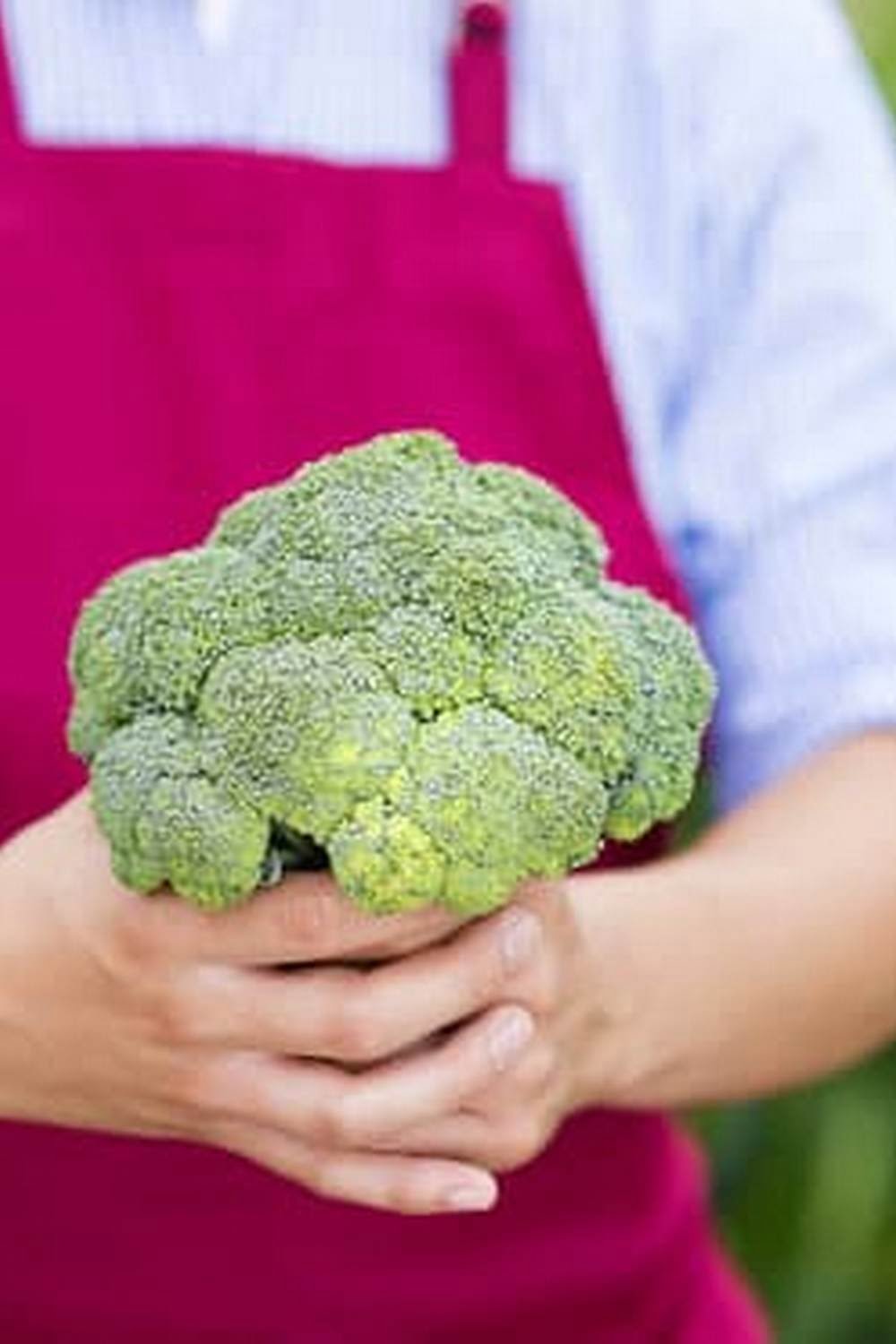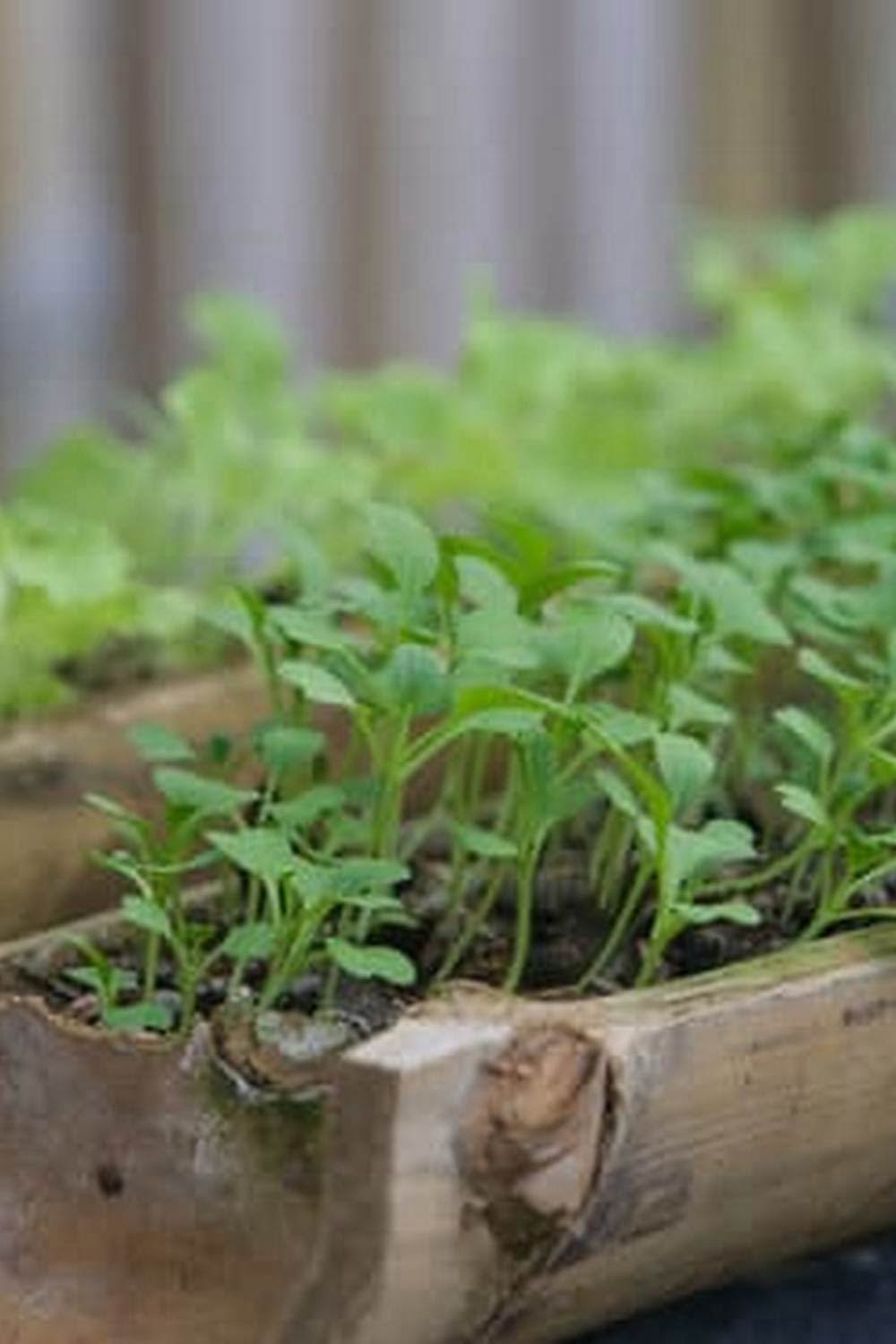Best Size And Layout For Small Vegetable Garden
There is no one perfect size and layout for a small vegetable garden. The size and layout you choose will depend on the amount of space you have, the type of vegetables you want to grow, and how much time you want to spend gardening.
If you have a small yard or garden, the easiest way to create a vegetable garden is to use raised beds. Raised beds are beds of soil that are raised above the ground, making it easier to work the soil and to plant and harvest vegetables. You can either build your own raised beds, or buy them pre-made.
When planning your small vegetable garden, try to choose a layout that makes the most of the space you have. One popular layout for a small garden is a “square foot garden.” In a square foot garden, you divide your garden into small squares, and then plant a different type of vegetable in each square. This layout is perfect for small gardens, because it makes use of every inch of space.
If you have a large garden, you may want to choose a more traditional layout, with long rows of vegetables. This layout is perfect for large gardens, because it allows you to grow more vegetables in a smaller space.
No matter what size or layout you choose for your small vegetable garden, be sure to choose vegetables that are suited to your climate and growing conditions. Some vegetables, such as tomatoes, are best grown in warm climates, while other vegetables, such as lettuce, can be grown in both warm and cold climates.
When planning your small vegetable garden, be sure to choose vegetables that you will enjoy eating. Vegetables can be divided into two categories: cool season vegetables and warm season vegetables. Cool season vegetables, such as lettuce, are best grown in cooler temperatures, while warm season vegetables, such as tomatoes, are best grown in warm temperatures.
By following these tips, you can create the perfect small vegetable garden for your home.
Best Vegetables For Small Raised Bed Garden
If you’re looking to grow a small raised bed garden, there are a few vegetables that will work best for you. While just about any vegetable can be grown in a raised bed, some vegetables are better suited to this type of gardening than others.
Tomatoes, peppers, and cucumbers are all good choices for a small raised bed garden. These vegetables need plenty of room to grow, and a raised bed is the perfect way to give them the space they need.
Another good choice for a raised bed garden is leafy greens such as lettuce and spinach. These plants grow quickly and don’t take up a lot of space, making them perfect for a small garden.
Bush beans and peas are also good choices for a small garden. These vegetables grow quickly and don’t require a lot of space.
When choosing vegetables for your small raised bed garden, keep in mind the space you have available and the amount of sunlight the garden will receive. Some vegetables require more sunlight than others.
If you’re not sure which vegetables to choose, ask your local garden center for advice. They will be able to tell you which vegetables are best suited for a small raised bed garden.
What Is The Best Way To Weed A Vegetable Garden
Weeding a vegetable garden is an important task that helps to keep the plants healthy and looking their best. There are a few different ways to weed a garden, but the best way to weed a vegetable garden is by using a hoe.
A hoe is a gardening tool that is used for weeding and for breaking up the soil. When using a hoe to weed a garden, you should first remove any weeds that are already in the garden. Then, use the hoe to slice the weeds off at the soil line. Be sure to slice the weeds as close to the soil line as possible, so that you don’t damage the plants.
If you have a lot of weeds in your garden, you may want to use a weed killer to kill the weeds. Be sure to read the instructions on the weed killer carefully, and always follow the safety precautions.
Weeding a garden is an important task, but it can also be a lot of work. If you don’t have the time to weed your garden yourself, you can hire a professional to do it for you.
Best Winter Cover Crop For Vegetable Garden
ers
There are a variety of cover crops that can be planted in the vegetable garden during the winter months. The best cover crop for vegetable gardeners will depend on the climate, the type of vegetables being grown, and the availability of resources.
Some of the most common cover crops for winter gardens include winter rye, oats, and hairy vetch. Winter rye is a cool-season grass that is often used as a cover crop in temperate climates. It grows quickly, forms a dense mat that helps to suppress weeds, and helps to improve soil fertility. Oats are also a cool-season grass that can be used as a cover crop. They are a good choice for gardens in areas that experience cold winters, as they can tolerate temperatures as low as -20 degrees Fahrenheit. Hairy vetch is a legume that can be used as a cover crop in both cold and warm climates. It is a nitrogen-fixing plant that helps to improve the fertility of soil.
The best cover crop for a particular garden will vary depending on the climate, the type of vegetables being grown, and the availability of resources. However, winter rye, oats, and hairy vetch are all good choices for cover crops in the vegetable garden.
Best Soil Mix For Container Vegetable Garden
When it comes to container vegetable gardening, the type of soil mix you use is extremely important. The right mix will provide the right balance of nutrients, water and air to your plants, helping them to grow healthy and strong.
There are many different recipes for soil mixes, but all of them have a few basic ingredients in common. The most important ingredients are organic matter, soil and sand.
Organic matter is key to a good soil mix. It helps to loosen the soil and provides nutrients and minerals to the plants. Good sources of organic matter include compost, manure, peat moss and vermiculite.
Soil is important because it provides the structure for the mix and helps to hold nutrients and water. It should be a good quality soil that is high in organic matter.
Sand is important because it helps to drainage and aeration of the soil. It should be a fine, clean sand that is free of rocks and other debris.
Once you have assembled the ingredients, it is easy to mix them together. The key is to mix them in the right proportions. Here is a recipe for a basic soil mix that will work well for most container gardens:
1 part organic matter
1 part soil
2 parts sand
Mix the ingredients together in a large container and stir until they are well combined. You may need to add more or less of each ingredient depending on the type of soil you are using.
If your soil is heavy and clay-like, you may need to add more sand to lighten it up. If your soil is too sandy, you can add more organic matter to help it hold water and nutrients.
Once you have the perfect soil mix, it is time to start planting!

If you’re looking to get into vegetable gardening, or are just looking for some tips on how to make your current garden better, then you’ve come to the right place! My name is Ethel and I have been gardening for years. In this blog, I’m going to share with you some of my best tips on how to create a successful vegetable garden.





